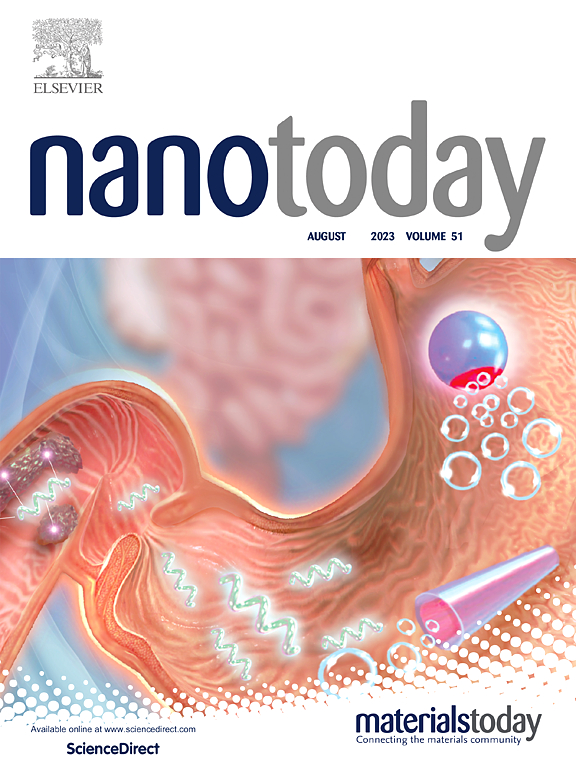仿生微/纳米结构实现抗污染表面的工程共性:从自然灵感到人工优化
IF 13.2
1区 材料科学
Q1 CHEMISTRY, MULTIDISCIPLINARY
引用次数: 0
摘要
在现实世界中,固体表面容易受到多种污染物的入侵,这极大地阻碍了其正常功能,从而导致巨大的经济损失甚至安全隐患。而自然生物利用大量具有微/纳米结构的抗污染表面(交流表面)在不同环境甚至恶劣环境中生存,这激发了科学家和工程师创造透明的抗污染表面。尽管总结了这些交流表面,但它们通常主要强调对单个污染物的功效,缺乏对这些结构表面在多种情况下对抗多种污染物的潜在联系或共性的系统综述。本文首先概述了典型表面污染物积聚的四种典型场景,简要介绍了对生物世界中典型污染物具有广泛排斥能力的微/纳米结构表面。接下来,详细讨论了微/纳米结构抗污染物的主要共性原则以及不同尺度和几何形状的有前途的贡献。借鉴自然,超越自然,从功能创新的角度阐述了各种人工交流表面的突出优势及其实现策略,包括防结冰表面、防水垢表面和防微生物表面。最后,提出了生物启发交流表面的剩余挑战和对现有机会的看法。本文章由计算机程序翻译,如有差异,请以英文原文为准。
Engineering commonality of bionic micro/nanostructures to achieve anti-contaminant surfaces: From natural inspiration to artificial optimization
Solid surfaces in real-world scenarios are susceptible to invasion by a multitude of contaminants, which significantly impedes their normal functionality and thereby results in substantial economic losses or even safety hazards. While natural organisms utilize plenty of anti-contaminant surfaces (AC-surfaces) featuring micro/nanostructures to survive in different surroundings and even harsh ones, which have inspired scientists and engineers to create clear contaminant-resistant surface. Despite these AC-surfaces summarized, they often primarily emphasize the efficacy towards individual contaminant, lacking systematic reviews on the elucidation of potential connection or commonality of those structuring surfaces against multiple contaminants in multiple scenarios. Herein, starting with an overview to four representative scenarios where typical surface contaminants accumulate, this feature article briefly highlights micro/nano structured surfaces with widely repellent ability towards typical contaminants in the biological world. Next, primary commonality principles of micro/nanostructures against contaminants and promising contributions of different scales and geometries are discussed in detail. Drawing lesson from nature to transcend nature, outstanding superiorities of diverse artificial AC-surfaces and their realization strategies, including anti-icing surface, anti-scale surface, and anti-microbial surface, have also been addressed from a function-innovation perspectives. Finally, remaining challenges of bioinspired AC-surfaces and perspectives on the existing opportunities are presented.
求助全文
通过发布文献求助,成功后即可免费获取论文全文。
去求助
来源期刊

Nano Today
工程技术-材料科学:综合
CiteScore
21.50
自引率
3.40%
发文量
305
审稿时长
40 days
期刊介绍:
Nano Today is a journal dedicated to publishing influential and innovative work in the field of nanoscience and technology. It covers a wide range of subject areas including biomaterials, materials chemistry, materials science, chemistry, bioengineering, biochemistry, genetics and molecular biology, engineering, and nanotechnology. The journal considers articles that inform readers about the latest research, breakthroughs, and topical issues in these fields. It provides comprehensive coverage through a mixture of peer-reviewed articles, research news, and information on key developments. Nano Today is abstracted and indexed in Science Citation Index, Ei Compendex, Embase, Scopus, and INSPEC.
 求助内容:
求助内容: 应助结果提醒方式:
应助结果提醒方式:


